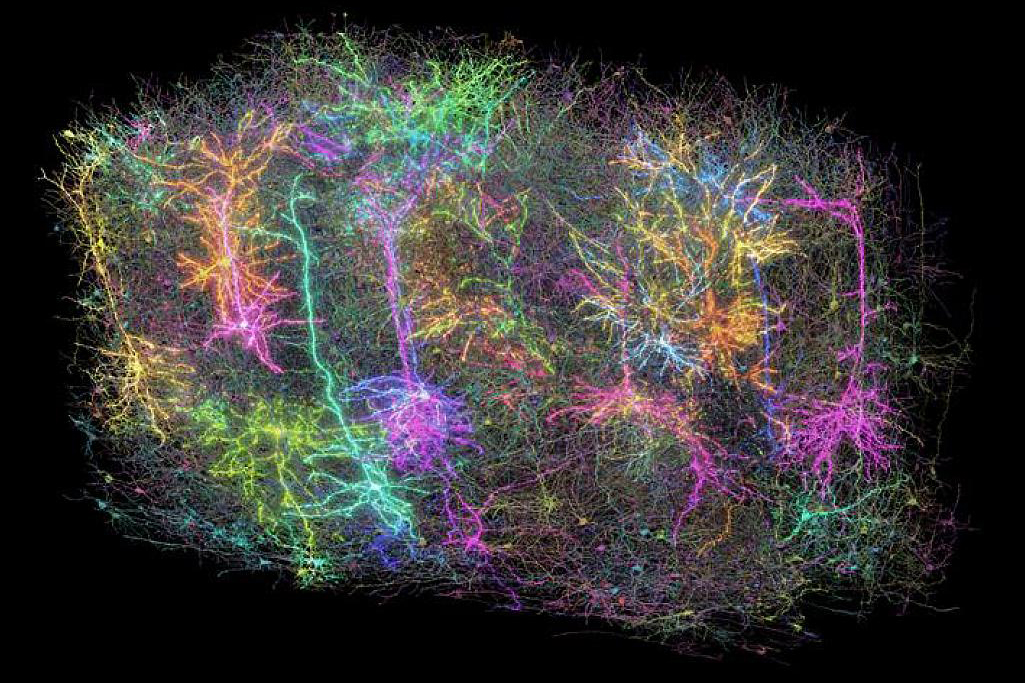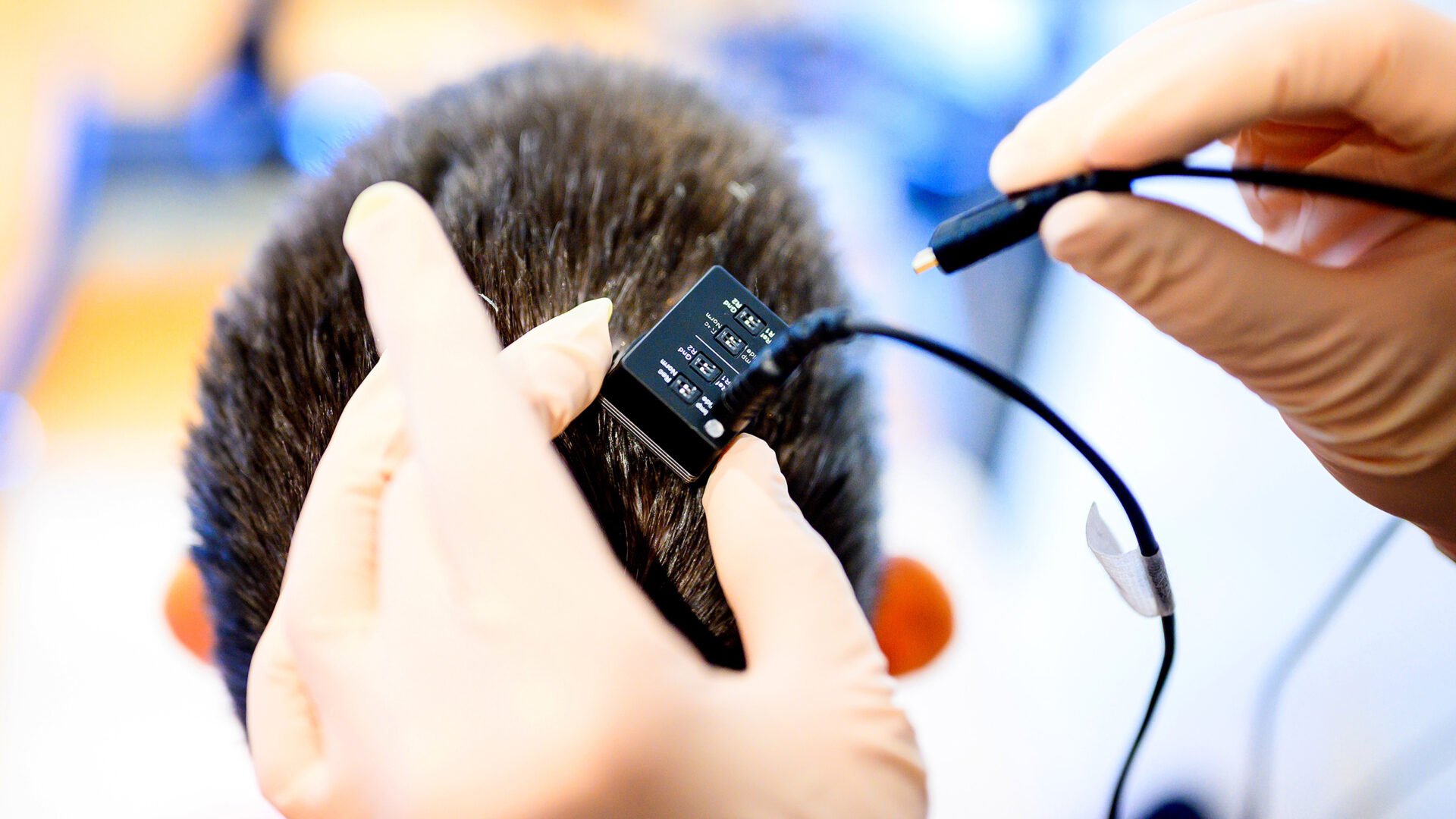Study Reveals Circadian Rhythms in Krill Swimming Behavior
A recent study has uncovered crucial insights into the swimming behavior of Antarctic krill, showcasing the significant role of circadian rhythms in their activity patterns. Conducted in constant darkness conditions, the research confirms that krill, similar to other marine pelagic crustaceans, exhibit a circadian clock that influences their rhythmic swimming behaviors. Previous research has been limited, with only three studies focusing on the circadian clock's role in krill swimming behavior to date, including the well-known species Euphausia superba and Meganyctiphanes norvegica.
Data sourced from a study by Piccolin et al. in 2020 revealed a notable decrease in the amplitude of the swimming rhythm along with an unexpectedly short free running period (FRP) of approximately 12 hours. This finding aligns with the results from the current study, which also observed a bimodal activity pattern in krill when subjected to constant darkness. The 12-hour rhythm indicated in group swimming behavior may result from individual-level bimodal activity patterns, mirroring trends seen in species like the fruit fly (Drosophila melanogaster), where two coupled oscillators regulate morning and evening activity bouts.
Throughout the experiments, researchers noted a significant reduction in evening activity under constant conditions, particularly following long-day entrainment, demonstrating a stronger presence of late-night activity peaks. This differential variation in activity suggests that krill may control their circadian activity bouts separately at the neuronal level, allowing for adaptive responses to their environment.
When contrasting daily swimming patterns under light-dark (LD) conditions with those under constant darkness (DD), it became evident that krill exhibited a considerably higher amplitude of activity in LD settings. Under LD, the krill displayed three distinct activity phases: one in the evening, another late at night, and a smaller phase in the morning; however, DD conditions resulted in only two maximum activity phases during the subjective night.
Light plays a dual role in regulating krill's daily behavioral activity, acting both as a zeitgeber and influencing clock output functions, such as physiology and behaviora phenomenon known as masking. This masking effect varies by organism activity type, where light may enhance activity in diurnal species while suppressing nocturnal ones. In the case of krill, nocturnal vertical migration activities were observed, aligning with their increased night-time activity linked to foraging and feeding behaviors.
Interestingly, findings from the current research support previous theories regarding the exogenous effects of light on nocturnal organisms. However, the data indicates that under LD conditions, krill swimming activity is not solely dictated by light; rather, their activity patterns seem to flexibly adjust in relation to the length of the night and persist even in constant darkness, suggesting the influence of an internal clock.
Furthermore, the observed decrease in swimming activity amplitude after transitioning to DD conditions and the subsequent damping of amplitude over time is consistent with findings from other studies involving krill and various marine zooplankton species. This decline in amplitude could point to a weaker circadian oscillator, where the rapid desynchronization of clock neurons occurs in the absence of zeitgeber signals.
The study highlights that weaker circadian clocks may have adaptive advantages for species residing in environments characterized by extreme photic conditions, such as polar regions, where day length can fluctuate dramatically. Notably, krill continue to display circadian swimming activity year-round, regardless of seasonal changes, suggesting their circadian clock remains functional and regulates their behaviors throughout various periods.
Moreover, hydroacoustic recordings indicated that krill swarms displayed discernible vertical migration behavior, synchronized to the natural light cycles during the summer and autumn months, despite no observable migration in the upper water column during winter sampling. Previous studies suggest that krill may still perform deep vertical migrations during winter, although they could occur at greater depths.
The findings propose that light and the circadian clock work together to regulate krill swimming activity, emphasizing the necessity for further research at behavioral, molecular, and neuronal levels to clarify the intricate relationships between light exposure and the circadian clock in krill. Understanding these mechanisms is vital, particularly in a high-latitude region like the Southern Ocean, where timing crucial life functions in response to seasonal fluctuations in light, food availability, and sea ice extent is essential for survival.
In conclusion, this investigation into the circadian rhythms of krill not only furthers our understanding of marine biology but also highlights the impact of environmental changes on these integral species. As rapid shifts in climate continue to affect ecosystems worldwide, the insights gained from this research underscore the importance of understanding the mechanisms behind krill adaptation to ensure the health of marine ecosystems they support.















